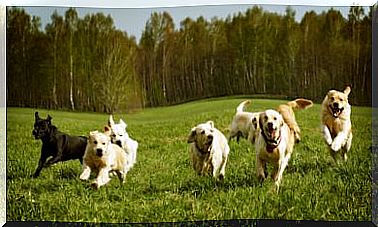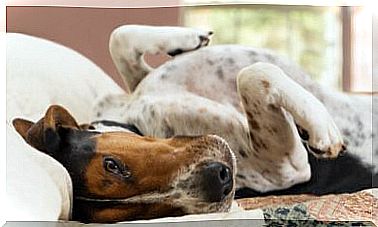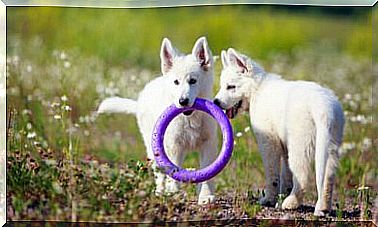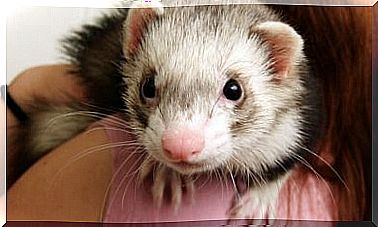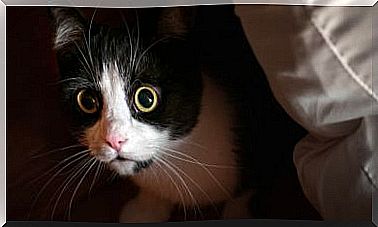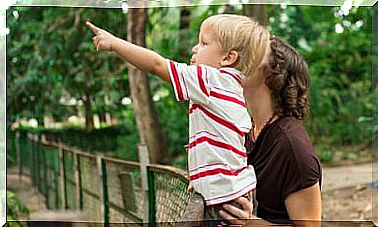Dogs Of Group 1: Breed Classification According To The FCI
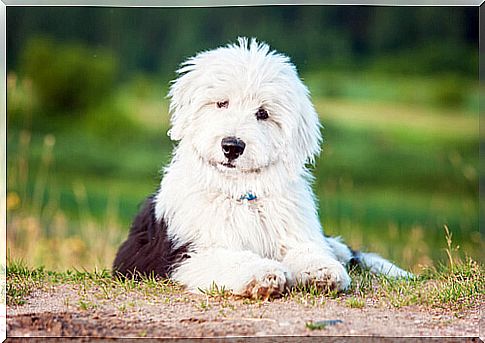
The International Cynological Federation is in charge of determining the standards of each canine breed and classifies them according to their characteristics. In this article we will tell you which are the dogs of group 1 that include the shepherds and the cattlemen.
Group 1 dogs: shepherds
In this subgroup we can find all those dogs whose “official job” is to drive flocks of sheep or other field animals. In total there are 40 breeds of shepherds, among which we highlight:
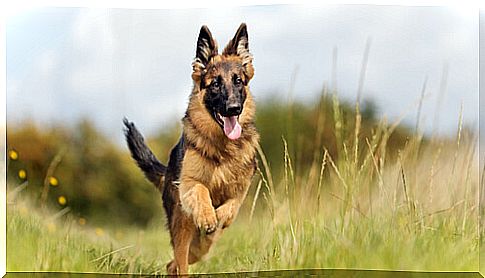
1. German Shepherd
It is the most “famous” of all, and its origins date back to the end of the 19th century, when in this European country they began a project to create dogs to protect herds from wolves.
It is robust and muscular in appearance, its jaw closes in the shape of a scissors and it can weigh up to 40 kg (adult males). Thus, it has almond-colored eyes, erect ears, and a well-furred tail. The coat can be brown, brown, reddish, and black.
2. Border Collie
This working dog also belongs to group 1, and emerged on the border between England and Scotland as a sheep keeper. He is very intelligent and obedient, which is why he has kept his job over the years. In addition, the Border Collie in turn is full of energy, is athletic and forges a very special bond with whoever it chooses to lead.
Medium in size, it has thick double-layered curly fur. The usual colors are black and white, although some specimens may have brown areas. The eyes can be brown or blue (or one of each color).
3. Czechoslovakian Wolfdog
This is one of the “newer” wolf-like dogs out there. They are the result of the cross between a German Shepherd and a European Wolf (more precisely from the Carpathians). In addition, it is of strong constitution, of medium to large size, dense fur, loyal and intelligent. Also the females of this breed only have one heat per year.
4. Bobtail
The Old English Sheepdog is another of the dogs in group 1 Shepherds section. It is also used as a guardian in the fields. In addition, it is large in size, it can measure up to 63 cm and weigh 40 kg. Their ears are small and drooping and are covered with hair.
The coat is usually white and gray. The bark of the Bobtail is low and piercing. Regarding his temperament, we can point out that he gets along well with children and pets, is intelligent, faithful and learns quickly. As adults they can eat quite a bit.
Group 1 dogs: Cattle dogs
Cattle dogs have traditionally been used for driving and handling cattle. Thus, the FCI divides them into two sections: lupoid and mountain type. The first are part of group 1 and are the following:
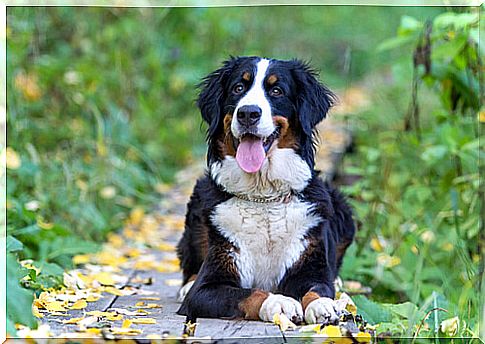
1. Australian Mountain Dog
It is of recent origin and was the product of crossing several breeds, including Dalmatians, Collies and Kelpies. It is also an animal that requires a lot of space, because otherwise it can get bored and become harmful. It is essential that you get plenty of exercise every day. Strong, muscular, with a broad head, black nose and oval eyes, the Australian Mountain Dog has a coat of diverse color (bluish black, reddish) mostly with spots.
2. Boyero de Flandes
It is a dog from the area of the Netherlands used as a cattle herder, large in size and covered with a large coat of black hair. It is a robust animal, with a particular face, since it has a “beard and mustache”. Their tails and ears are usually cut off at birth and they can weigh 45 kg. He is an excellent protector of the family and the flock. He learns very fast and gets bored easily.
3. Ardennes Mountain Dog
It is not a very “popular” canine and lives mainly in the Belgian Ardennes area (border between France and Germany). The coat is almost any color, it has “dark circles” and a black beard and erect ears.
4. Cao de Fila de Sao Miguel
This is another of the Group 1 Dogs within the Cattlemen section. It arose in the Azores Islands belonging to Portugal in the 16th century. It is used to herd cattle and is difficult in character.
